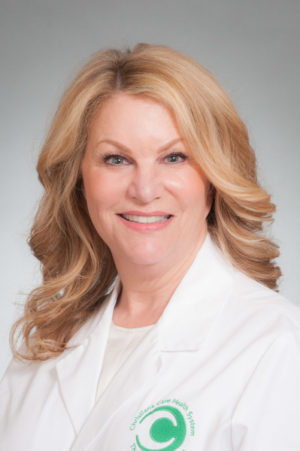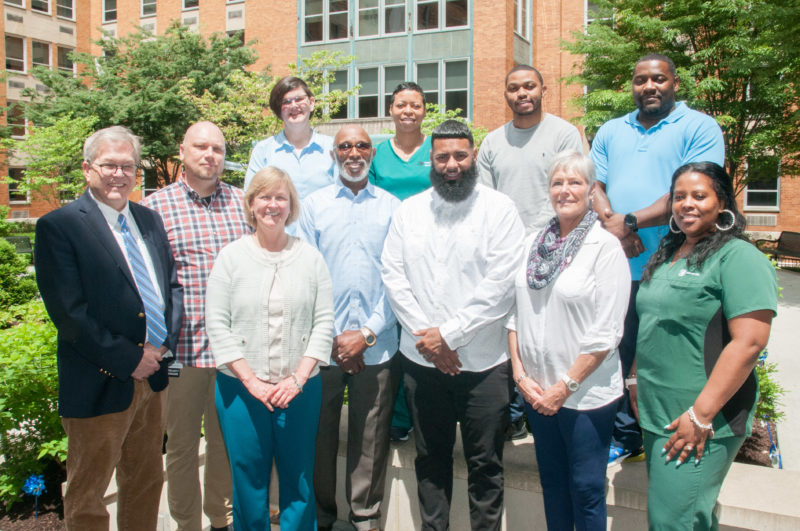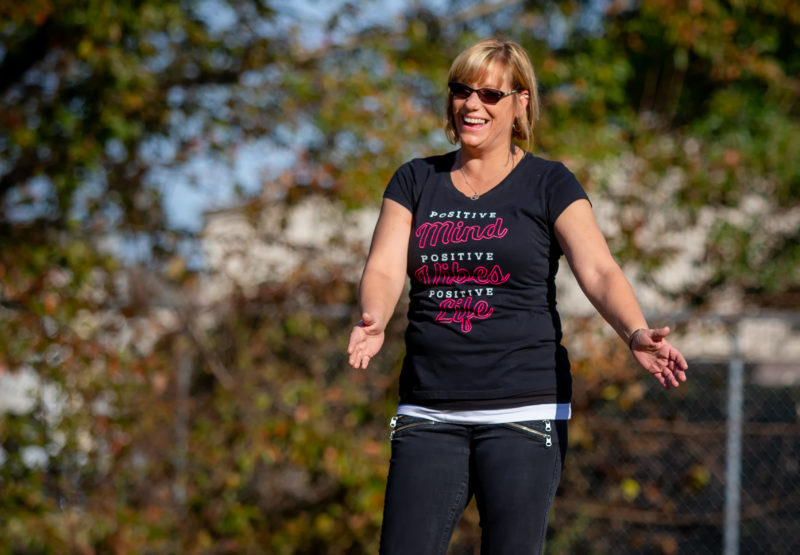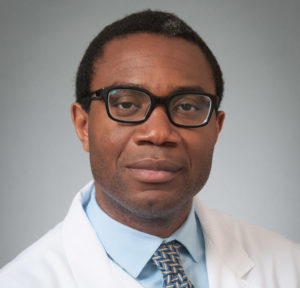Opioid use is a national health crisis. According to the National Institutes of Health, 130 people in America die each day after overdosing on opioids.
ChristianaCare is among the leading health organizations in Delaware actively working to turn the tide — and is already exceeding its goal to reduce opioid use among patients.
ChristianaCare has made a comprehensive, system-wide commitment to reducing opioid use through standardizing care. This sweeping program, started just two years ago, is designed to promote safe use of opioids when necessary, to eliminate them when possible, and to educate patients and providers so they can align their goals.

“It is important to spotlight that this is a patient-centered, clinical best-practices program, based on Centers for Disease Control and Prevention and Food and Drug Administration guidelines,” said Linda Lang, M.D., chair of ChristianaCare’s Safe Opioid Stewardship Steering Committee and chair of the Department of Psychiatry.
The target areas for this program include outpatient primary care, surgical and emergency room settings. Providers now have clinical guidelines for tapering so they can work with their patients who need to come off the drugs.
“Opioid use was always intended to be short term,” Dr. Lang said. “We’re going back to the way it was intended.”
Getting striking results
Dr. Lang said the wide-ranging initiative has led to a system-wide reduction in opioid use that exceeds its goal of 40%. Most of the success comes from providers and patients being educated and aware of the dangers of opioid misuse.
“The standardization itself makes it easy,” said Dr. Lang. “Before these programs began it could be very difficult to get people off opioid medications. But having an evidence-based protocol to follow made it easier for patients, providers and pharmacists to buy in.”
Making a difference in primary care
In primary care, new protocols are being embedded into a patient’s electronic medical record, allowing providers to wean a patient off opioids if required, using guidelines and a step-by-step process.
“We are improving patient safety by helping patients taper, determining when and how to taper, making the process safer, smoother and standardized,” said Dr. Lang.
“It will enable physicians to consider all treatments, monitor risk, and safely discontinue opioids.”
The protocols also include prescribing Narcan, an emergency treatment for overdose, to patients who are prescribed opioids.
How the program impacts surgery
The major initiative for surgical procedures, called Delaware OPEN (Opioid Prescribing Engagement Network) began in 2017, is a set of recommendations developed at ChristianaCare that outline which medications and quantities should be administered during and after surgeries.
“Patients are assigned a standardized type and quantity of post-operative pain medication depending on the type of surgery,” said ChristianaCare anesthesiologist Matt Powell, M.D., who leads the Delaware OPEN initiative.
Data show a 42% reduction in prescribing opioids — which relates to more than 50 types of surgical procedures performed between 2017 and 2019.
Prescriptions for 10 pills or fewer have increased from 30% to over 50% and prescriptions for 30 or more pills have decreased from 29% to 8% in the same timeframe.
“We have had incredible success,” said Dr. Lang. “What causes the addiction is the long-term use of opioids — after a patient has been on them for two to three weeks, then the reliance begins. This is what we’re working to avoid.”

Change in the ED
The Emergency Department (ED) is engaged in ways to address pain and still cut opioid use in its three emergency rooms. It has adopted guidelines developed by the Delaware chapter of the American College of Emergency Physicians that stipulate more appropriate treatment and prescribing of opioids to help tackle the addiction crisis.
The ED also makes use of ChristianaCare’s Project Engage, the nationally recognized endeavor in which peers in recovery, called “engagement specialists,” meet with hospitalized patients about their substance use, and help motivate them to take the first critical step in seeking help.

With help from Delaware
Another initiative making a difference is Substance Use Treatment and Recovery Transformation, or START. Led by the Delaware Division of Substance Abuse and Mental Health, START engages primary care and family medicine providers, school-based health centers and emergency departments to transform the full range of care for substance use disorder.
“Through this funding, health systems are offered support to implement this comprehensive multi-pronged statewide initiative,” said Amy Marston, MBA, MPH, corporate director of Behavioral Health. “ChristianaCare has identified providers championing this work in primary care, school-based health centers and the ED.”
Alternative treatments for pain
In addition to dramatically reducing the amount of opioids given in the hospital and the number of opioid prescriptions written, ChristianaCare providers pay careful attention to the still-existing pain that is central to opioid use in the first place.
In partnership with ChristianaCare’s Comprehensive Pain Center, the health system’s Treatment Alternatives and Resources for Pain program provides patients—both inpatient and ambulatory—with alternatives to pain management.
Among the interventions are specialized physical therapy for pain, aromatherapy, cognitive behavioral therapy, referrals for yoga, meditation, visits with a pain psychiatrist and acupuncture.
The members of the integrated practice team working to reduce opioid use are encouraged to see the depth of engagement across specialties in this important effort.
“The value of the expertise of those working on this program is a model of how we serve together,” said Marston. “It is an interdisciplinary team that has been doing all the work—an absolutely collaborative engine—where all the disciplines come together to drive the short-term and long-term goals for this critical undertaking.”



